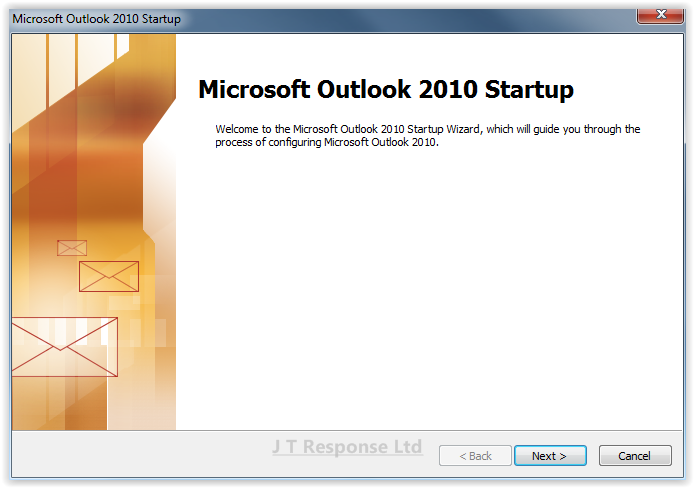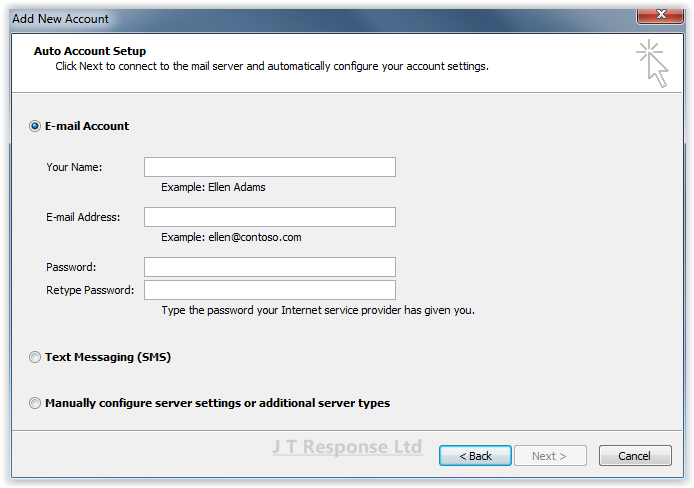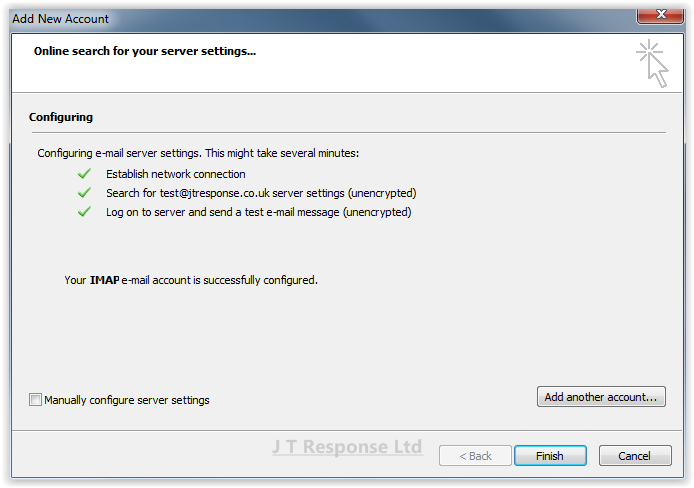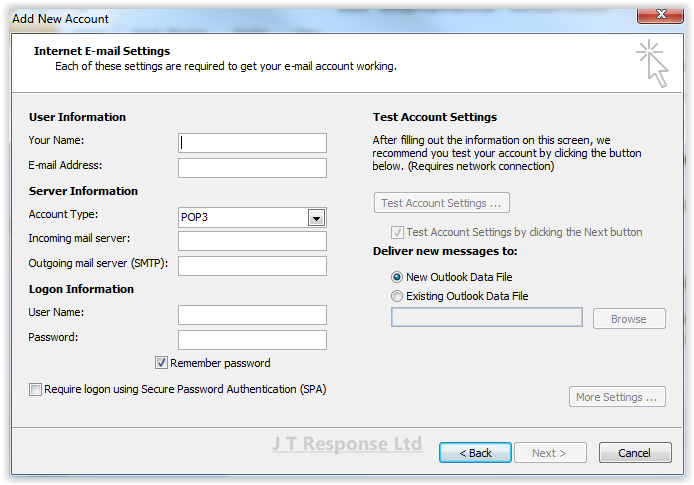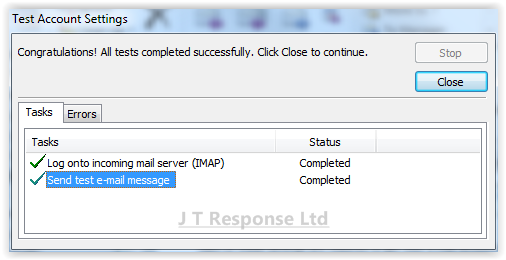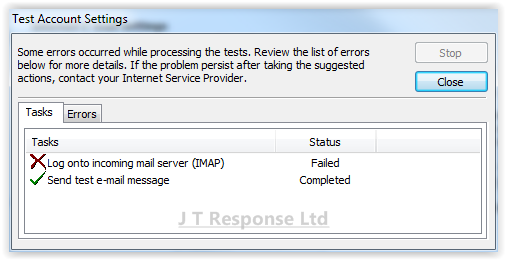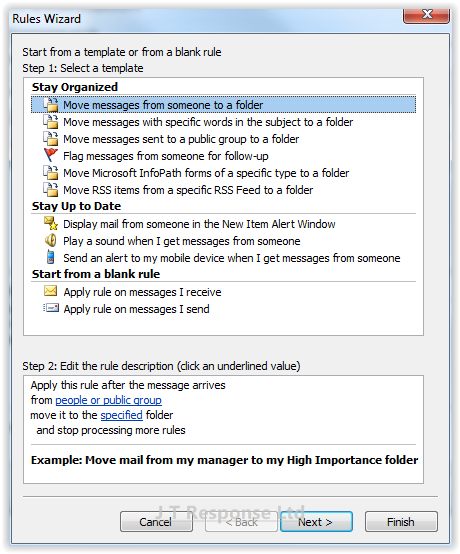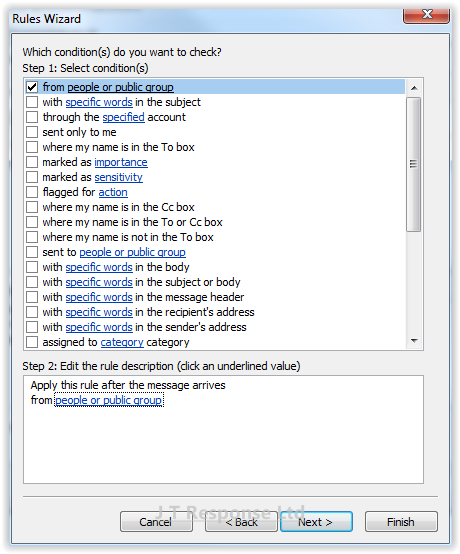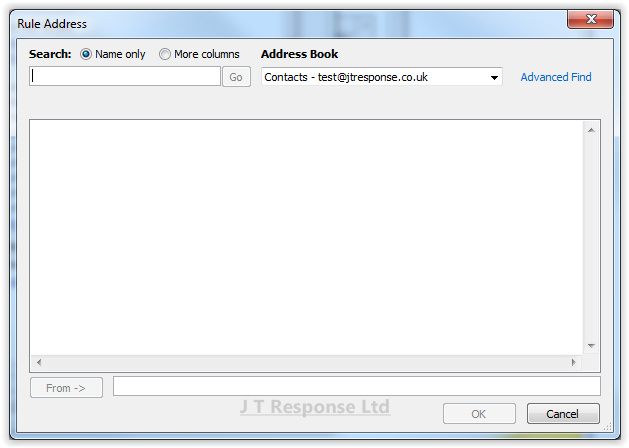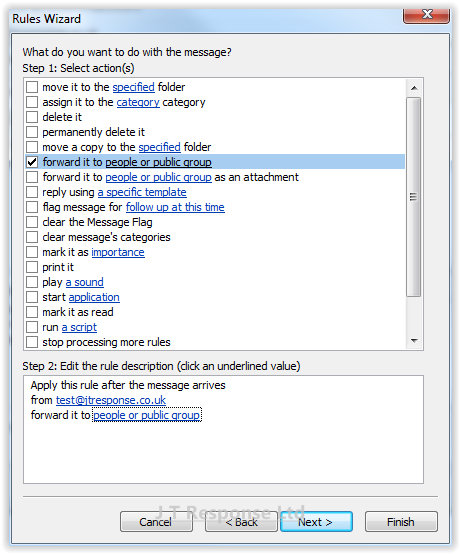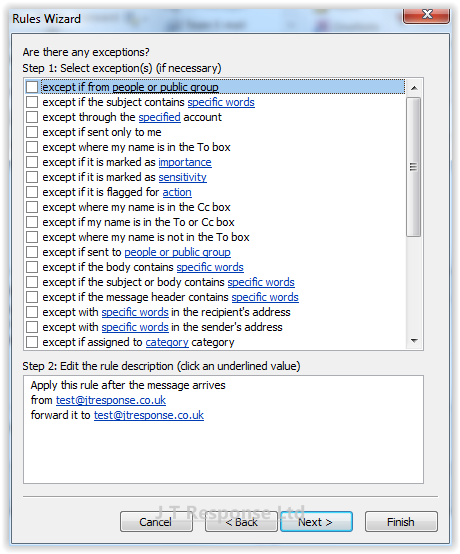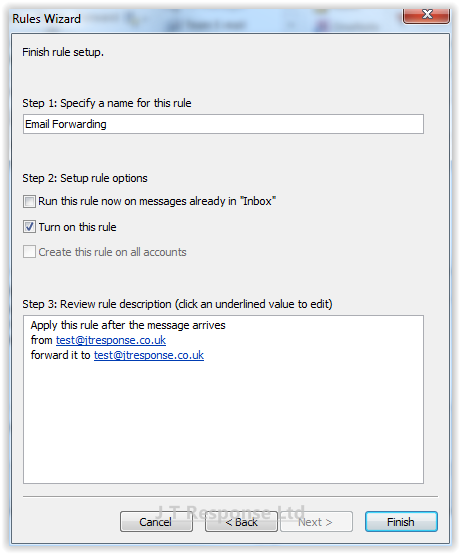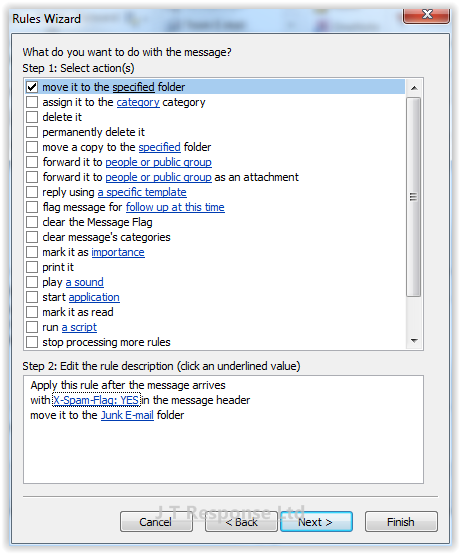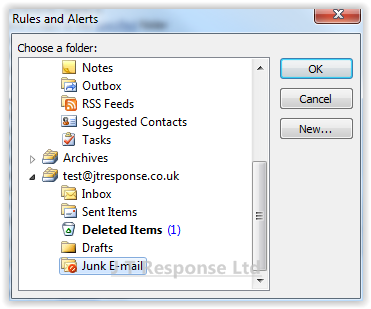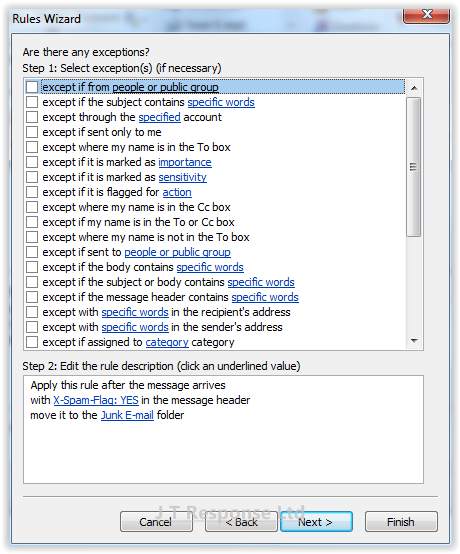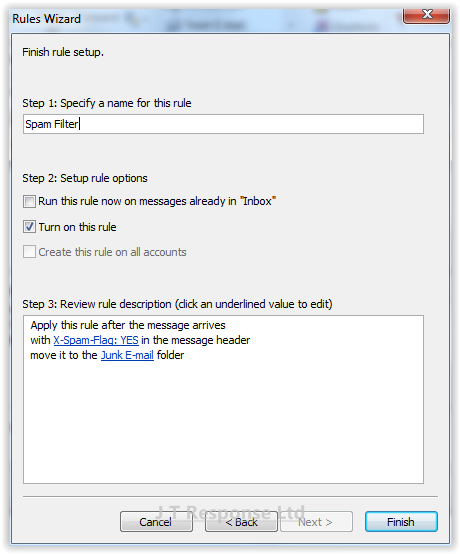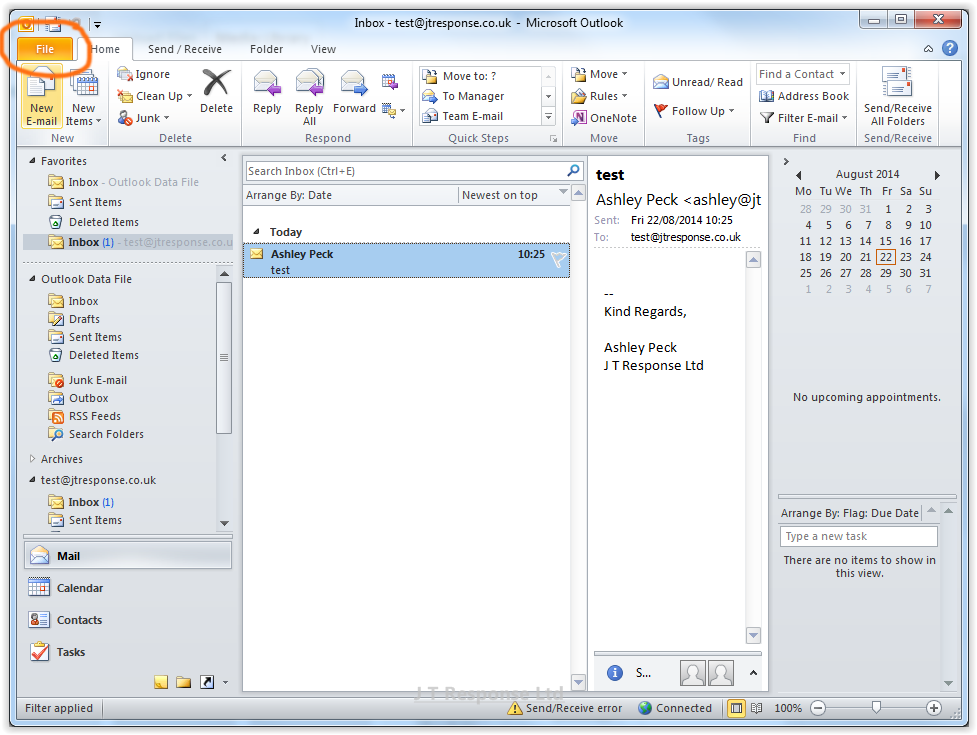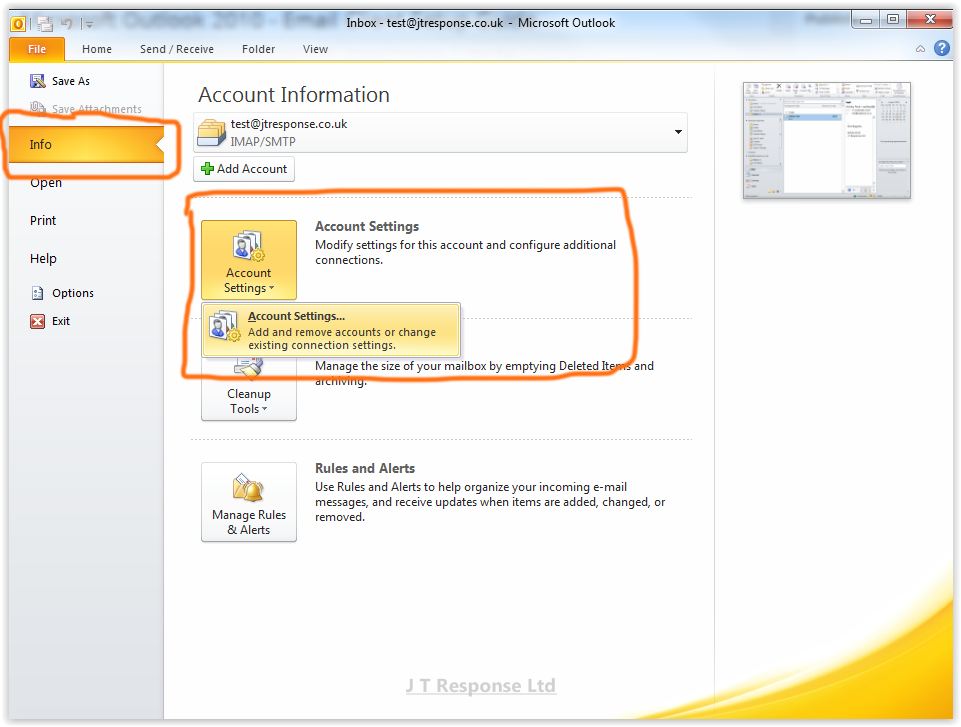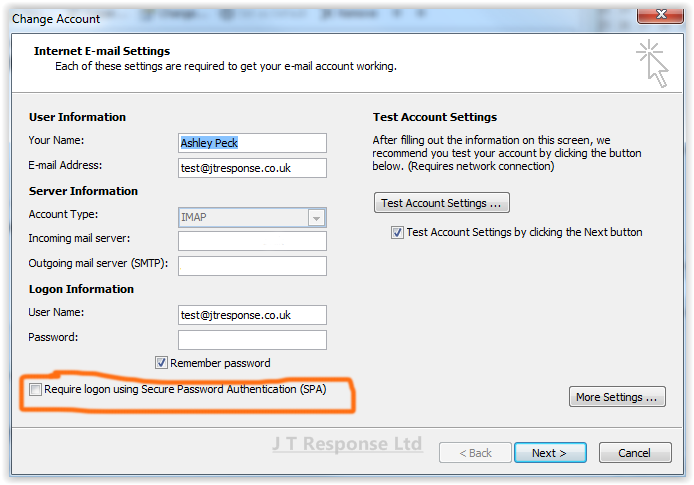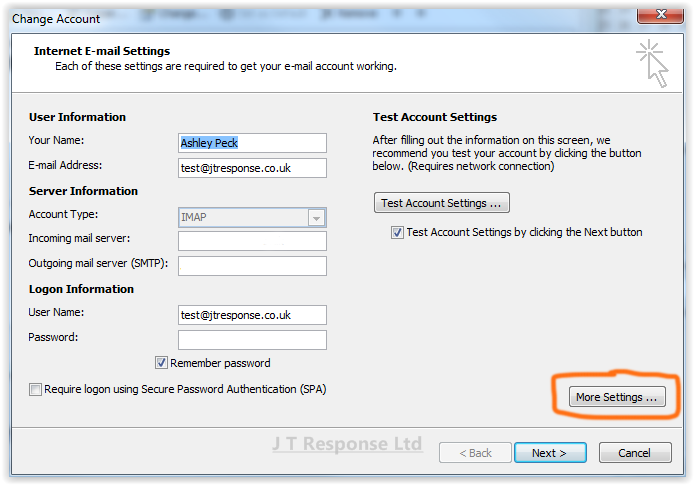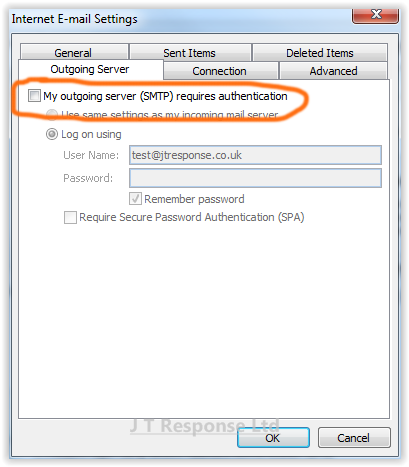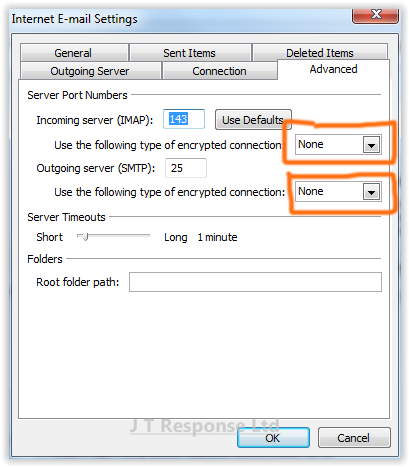Microsoft Office Outlook 2010 Advanced Setup Guide
Recently, we’ve have been hearing more reports of people having various issues configuring and setting up their email accounts using varying range of email clients. This guide will be the one of a series of guides which aims to help you through the process of configuring your email client to receive emails from your email account. Additionally, it will also show you additional useful settings and features which may help enhance your experience when using these email clients.
Today, we will be looking at the email client which seems to be causing users the most problems, Microsoft Outlook. The version I will be using is Microsoft Office Outlook 2010. I will include additional guides to help support users still using older versions.
This guide is aimed at advanced users with an greater understanding of computing, if you wish to view a beginner setup guide, please look at this guide.
Microsoft Office Outlook 2010
- Setup
- Features
- Troubleshooting
- None of the authentication methods supported by this client are supported by your server.
- Your server does not support the connection encryption type you have specified.
- The server you are connected to is using a security certificate that cannot be verified. The target principal name is incorrect.
- Relay Access Denied.
Setup
For most users, the process of connecting your email account to the email client should be fairly straightforward. Upon first loading the client, you will presented with a setup wizard, as shown in the screenshot below.
From here you should follow the setup wizard until you reach the screen whereby you can add a new account. This screen should look like the one below.
As you can see, there are several options for adding a new account: Email Account, Text Messaging and Manual Configuration. As we are only interested in setting up email accounts in this guide, we will ignore the Text Messaging option as this is not relevant to emails.
E-mail Account
This option tries to automatically connect to your email account using the details you provide. It attempts this by searching for the email server settings for the email address that you input and then attempt to connect to that server using the password that you provide. For this option, there are 3 fields which you must complete:
- Your Name: This should be your full name. This name is which Outlook will tie to your email address and will be displayed alongside your email address to your email recipients.
- E-mail Address: This must be the email address which you wish to configure with Outlook. This is the email address which Outlook will use to find your email server and attempt to connect to.
- Password: This password is the password which is assigned to your email address and the one which you would usually use to log in to that email account. This password must match in order to successfully connect to your email server.
Once you have filled out these details, Outlook will attempt to find and connect to your email server. A test email will then be sent to your email address to confirm that the email client can receive emails which are sent to your account. If Outlook completes all this successfully, you will be shown a confirmation screen which will tell you that you have successfully configured your email account.
Manual Configuration
If you choose the manual configuration option, you will be presented with yet more options: Internet E-mail, Microsoft Exchange, Text Messaging and Other. In this guide, we will only be focusing on the first option, Internet E-mail, so select this option and press next. On the next screen, you will be presented with several fields which need completing in order to connect to your email account.
- Your Name: This should be your full name. This name is what Outlook will tie to your email address and will be displayed alongside your email address to your email recipients.
- E-Mail Address: This must be the email address which you wish to configure with Outlook. This is the email address which Outlook will use to find your email server and attempt to connect to.
- Account Type: This is the type of email protocol which your email server uses. The options here are either POP3 or IMAP.
- Incoming Mail Server: This is the address of the incoming mail server for your email server. This should be provided to you by your email host.
- Outgoing Mail Server (SMTP): This is the address of the outgoing mail server for your email server. This should be provided to you by your email host.
- User Name: This is the username associated with your email account and should be the username which you would typically use to log in and connect to your email account.
- Password: This is the password associated with your email account and should be the password which you would typically use to log in and connect with your email account.
Once you have completed these details, you should press the Test Account Settings button to test whether Outlook can connect to your account. First it should connect to your email account and then send a test email to your account. If these tests complete successfully, Outlook will tell you that all of the tests completed successfully and you should be able to connect to your email account.
However, if the tests fail, Outlook was unable to connect to your email account. In this case you should go back and check over the details you entered for any mistakes as Outlook is having trouble connecting to the email account you are specifying.
Features
Now that you have your email account configured with Microsoft Outlook, there are several features which may prove helpful to you during your time using this email client.
Create Rule
The first feature which we will be looking at are rules. Rules are used to tell Outlook to perform a particular action when a certain criteria is met. An example of such a rule is to forward specified emails to an email address when they are received by the email client. Rules can help expand and automate what the email client does and can help tailor your email client to suit your needs.
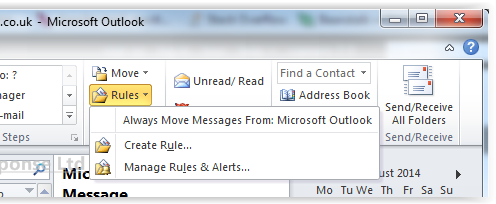
The first step to creating a rule is by pressing the Rules button in the ribbon. This will create a drop-down menu whereby you can create a new rule or manage existing rules. Alternatively, you can select the Manage Rules & Alerts button under the Info tab in the File menu.
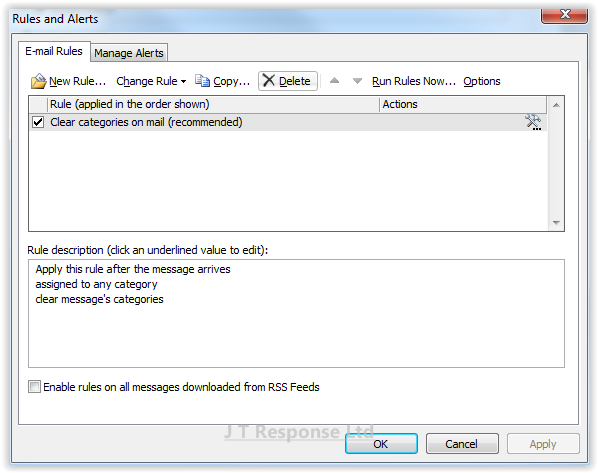
The Rules and Alerts window provides you will a list of rules which are currently in effect in your email client. To add a new rule, press the New Rule button at the top of the window.
From here you can choose from several template rules or create your own using a blank rule. The template rules are rules which are commonly used and can be selected to easily provide the user which can customise their user experience while using this email client.
The next screen allows you to apply conditions to the rule. Conditions are what must happen for the rule to activate. In the example of redirecting emails received from a certain person, we would want to check the from people or public group option and then proceed to add a list of contacts for which the rule would apply to. Different conditions may present you with different options however, I am unable to list all of the possibilities in this guide. All conditions will follow a similar format whereby they are the WHEN in the rule, stating when a rule should be carried out.
The next screen allows you to apply actions to the rule. Actions are what happens when the conditions of a rule are met. In the example of redirecting emails received from a certain person, we would want to check the forward it to people or public group option and then proceed to add a list of email addresses which would receive the forwarded email once the conditions are met. Once again, there are several different actions available and I am unable to list all of the possibilities in this guide. All actions will follow in a similar format whereby they are the WHAT in the rule, stating what happens when all the conditions are met.
Finally, the last screen allows you to add any exceptions to the rule. This can be useful if you wish a rule to be carried out, except in certain circumstances. For example, we may want emails to be forwarded to another email account except when they contain an attachment. This allows you to further customise the rule and further customise it to your needs.
The final screen provides you with an overview of the rule conditions, actions and exceptions. You can choose to run the rule on the current inbox, whereby it would perform an action for each of the conditions which are met, or just leave the rule on to activate on any future conditions. Once you are happy with your rule settings, press finish and the rule will be active.
Spam Rule Example
In this example, I will be showing you how to create a rule which will automatically deal with any spam received by your email client. The way we will be doing this is by looking into the email headers received with the message. The email header contains all the necessary information required to ensure that your email is routed to the correct email server and account, as well as providing vital information such as who the email was from. In addition to these details, the anti-spam methods put in place by the email server will add additional lines in the header to score email messages in an attempt to prevent spam. These headers are what we will be looking at in this example.
In our email server, spam is given a score based on various factors. If the spam score for a given message is greater than 6, it will be flagged as spam and appropriate actions can be taken by the email client.
To create our rule, we will once again go into the Manage Rules & Alerts menu and press the new rule button. We will then decide to create a blank rule when a message is received.
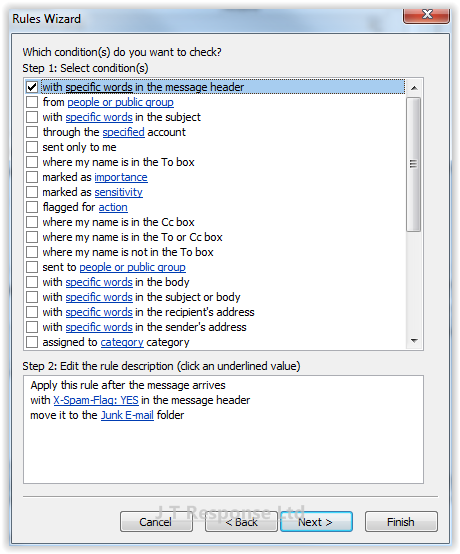
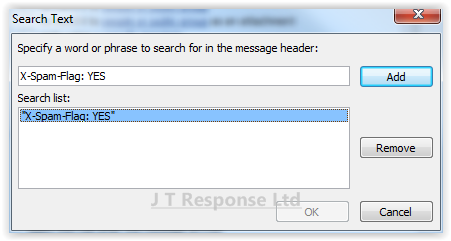
As we are looking to filter emails which meet the spam condition, we must look at the email header for each email that we receive. To do this, the with specific words in the message header option must be checked. By going down to the box below the condition list, we can specify what we are looking for in the header for the condition. With our email server there are several ways of doing this. We can either search for emails with headers containing the spam flag with values YES or for a more specialised filter, we can search for emails with specific spam scores to be filtered. You can add as many phrases to be searched for in the header as you like so your spam filter can be as complicated or a simple as you require.
The next step is to specify what to do with the spam emails we have flagged. In this example, we wish to automatically move the spam email to our Junk folder in our email client. To do this, we must check the option to move it to the specified folder. This will move the email to the folder of our choosing when the conditions are met. Now we can select the Junk Email folder and press OK.
Finally, we can choose to add exceptions to our rule. In this example, I will not be choosing to add any exceptions to the rule. However, exceptions can be used to stop certain messages from going to the Junk folder, even if they meet the spam criteria. An example of when this could be useful is if you wanted to ensure that all emails coming from a certain email address will never be marked as spam, even if they meet the spam criteria.
We can now name and save our rule and turn it on to catch any spam it receives. Additionally, the rule can be run to move all current inbox messages which meet the spam criteria into the Junk folder.
Troubleshooting
Here at J T Response, we often are required to assist our clients in resolving any email problems which they are facing. These email problems can be caused from various sources and may require the client to take actions on their end to resolve the issues. This section in this guide is designed to lead you through resolving common problems which we have had to resolve in the past.
This section will only cover solutions to problems which you can fix on your email client. Certain issues may be caused by factors out of your control. If you are facing issues which are not covered below or are unable to resolve the issues you are facing, please contact your email host.
None of the authentication methods supported by this client are supported by your server.
This error message will be displayed when your email client has been configured to use an authentication method which is not supported by the email server you are trying to connect to. In order to resolve this issue, please follow the following steps:
Navigate to the File menu.
Select the Info tab on the left sidebar and then select the Account Settings button.
Select the E-mail tab and double-click on the email address you are having issues with.
Ensure that ‘Require logon using Secure Password Authentication (SPA)’ is unchecked.
Press the ‘More Settings’ button
Navigate to the ‘Outgoing Server’ tab. Ensure that the ‘My outgoing server (SMTP) requires authentication.’ checkbox is unchecked.
Press OK and then Next to save the changes to your email client configuration.
This issue should now have been resolved. If you are still experiencing issues, please contact your email host in order to receive additional assistance in resolving this issue.
Your server does not support the connection encryption type you have specified.
This error message will be displayed when your email client has been configured to use a connection encryption type which is not supported by the email server you are trying to connect to. In order to resolve this issue, please follow the following steps:
Navigate to the File menu.
Select the Info tab on the left sidebar and then select the Account Settings button.
Select the E-mail tab and double-click on the email address you are having issues with.
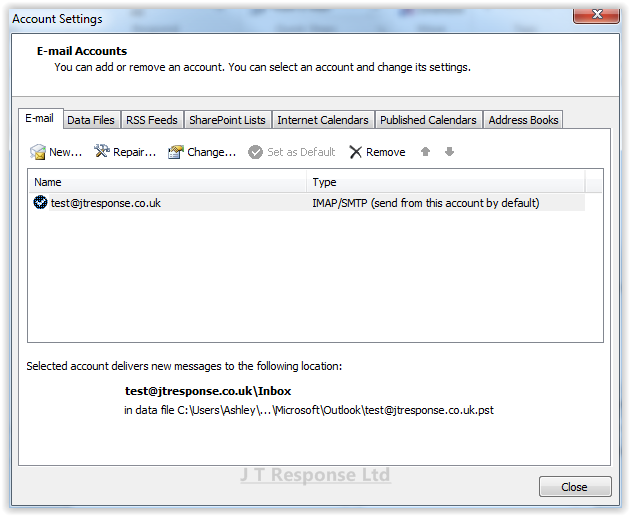
Press the ‘More Settings’ button.
Navigate to the ‘Advanced’ tab. Change the Incoming and Outgoing server encrypted connection types to ‘Auto’ in the drop down menu’s.
Press OK and then Next on the Change Account window to save the changes to your email client configuration.
This issue should now have been resolved. If you are still experiencing issues, please contact your email host in order to receive additional assistance in resolving this issue.
The server you are connected to is using a security certificate that cannot be verified. The target principal name is incorrect.
This window will appear when Outlook recognises differences between the email server you are connecting to and the domain name provided on the certificate which it receives when connecting to the email server. This issue may present itself depending on how the email server is configured by your email host. If you are certain that all the details which you have entered are correct, it is safe to press Yes to this window.
In most circumstances, this window will not appear after you have accepted it for the first time. However, in some situations, this window may appear every time Microsoft Outlook is launched. If this is the case, the solution below may or may not work, we have received mixed results whereby the solution has worked for some people and for others it has not worked. If the solution does not work, we are currently looking into alternative solutions but in the mean time, you will be perfectly safe pressing Yes every time this window appears.
Navigate to the File menu.
Select the Info tab on the left sidebar and then select the Account Settings button.
Select the E-mail tab and double-click on the email address you are having issues with.

Press the ‘More Settings’ button.
Navigate to the ‘Advanced’ tab. Change the Incoming and Outgoing server encrypted connection types to ‘None’ in the drop down menu’s.
Press OK and then Next on the Change Account window to save the changes to your email client configuration.
Relay Access Denied
To fix this issue, please follow the following steps:
- Press the File tab
- Press the Account Settings button under the Info tab and choose the Account Settings button
- Select your email account from the list of email accounts and press the Change… button.
- Press the More Settings… button
- Navigate to the Outgoing Server tab and ensure that the My outgoing server (SMTP) requires authentication checkbox has been checked.
- Choose the Use same settings as my incoming mail server option and press the OK button
The issue should now be resolved.
Screenshots will follow shortly.
Summary
I hope that this guide will help you to setup, configure and use Microsoft Outlook 2010. Guides may become available in the future for other versions of Microsoft Outlook, however I believe that most of the steps in this guide should be similar to steps required in these versions. If you have any questions about this guide, please comment below and I will be happy to assist you.
